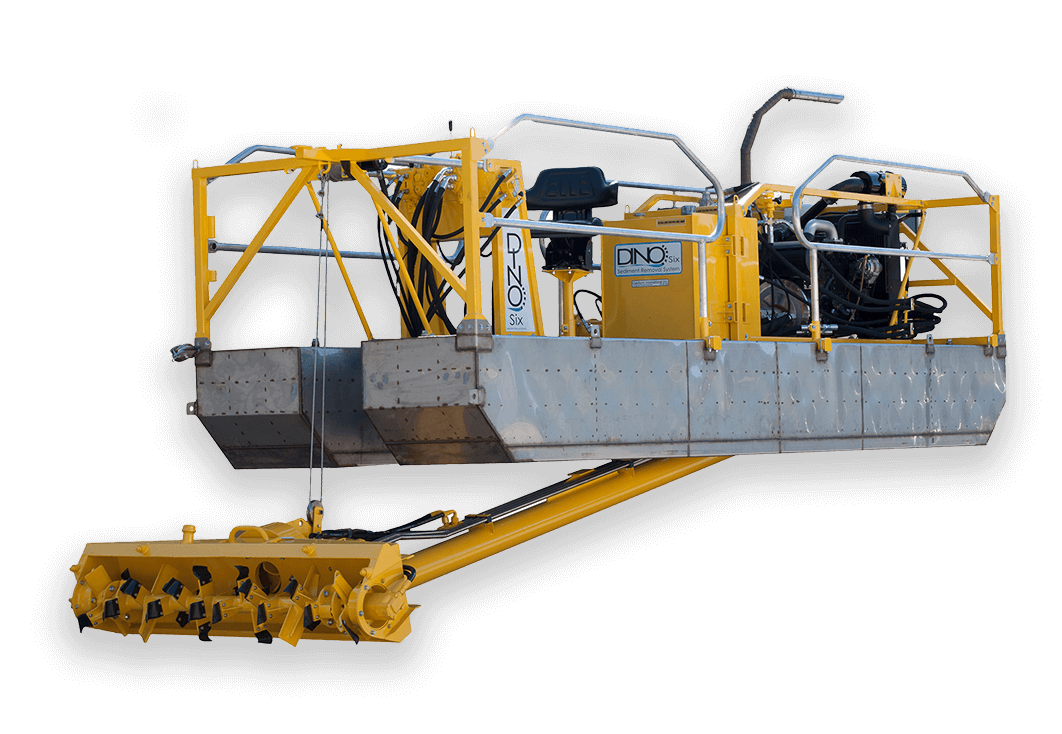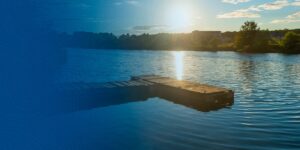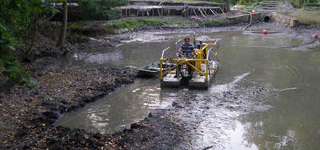
featured products
GeoForm International, a distinguished dredge company, specializes in high-quality, made-in-the-USA submersible pumps. Our selection includes vertical, slurry, dredge and wheel pumps. These essential components power our renowned Dino6 and Dino8 Dredges and our innovative aerators and sewage digester systems.
Dredging Industry Applications
GeoForm International offers an assortment of high-quality, American-made sediment removal equipment including small dredges, submersible pumps, digestor packages and aerators. We serve a number of industries, which include pulp and paper, mining, recreation sites, community and stormwater management, wastewater management, homeowners associations, local municipalities, industrial manufacturing, chemical plants and a number of others. Our products are used for waterways, ponds, lakes, marinas, reservoirs, rivers, inlets and lagoons.
Contact the experts at GeoForm International to learn more about how our premium sediment removal equipment can benefit your industry. We’ll also be happy to provide you with information on our products to determine what best suits your needs.
Our Equipment is Used For:
Sediment Removal Equipment Muck Removal Equipment
At GeoForm International, our team specializes in sediment removal equipment. Our line of muck removal equipment comprises our Dino6 dredge, pond aeration systems and submersible pumps.
Muck and sludge removal are vital to keeping a healthy pond for wildlife and keeping the water from becoming stagnant or infested with invasive vegetation. By decreasing the nitrogen-rich muck at the bottom of your pond, you can help it re-oxygenate. This helps to increase your water’s clarity, allowing more sunlight to the bottom.
Dredging with the Dino6 can remove anywhere from 1 to 13 feet of muck and basin sediment from your pond and can go further with a boom extender. This versatile piece of equipment is small enough to be used in bodies of water that other dredging equipment cannot access. Dredging with our sediment removal equipment is a fast and effective solution to removing muck and widening bodies of water. Other methods of muck removal, such as using muck removal pellets, work much slower.
satisfied customers testimonials
read all testimonials"Everyone at GeoForm International was very patient and knowledgeable. I researched the Dino6 extensively and had lots of questions that Richard was more than willing to spend time to answer. They were very welcoming when I visited their facility as well."
John Growney - Growney Grading Co
from our blog

What is a retention pond
geoformadminWhat Is a Retention Pond? A retention pond, also called a wet pond, is a large, permanent and human-made water feature that holds and treats excess stormwater. Since retention ponds store stormwater runoff, they are particularly important in residential neighborhoods, as well as industrial and agricultural sectors. Retention ponds serve a vital purpose and […]
Read More
Ways to Reduce Industrial Water Pollution
geoformadminWater pollution of any kind is a concern regarding human safety and environmental protection. There are various types of water pollution, but one of the major concerns in this area is industrial water pollution due to the potential scale of the pollution and the weight of the consequences. Industries across the board are vital for […]
Read More
The History of Dredging: Past, Present and Future
geoformadminDredging is a process that removes sediments and artificial debris from the bottom of freshwater bodies and shallow seawater. Various industries use dredging to excavate materials from the bottom of waterways, including rocks, refuse, contaminants, building debris and plants. The process makes water navigable, creates an adequate environment for building dams and constructing bridges and […]
Read More
How to Keep a Lake Clean
geoformadminLakes are beautiful water sources that provide clear water for recreational purposes, consumption and aquatic ecosystems. Despite this, they can become murky and polluted from weeds, waste and sediment. Fortunately, you can clean your lake with various equipment and herbicides to keep its water pristine. Learn more with our quick guide below. Benefits of Lake […]
Read More
















